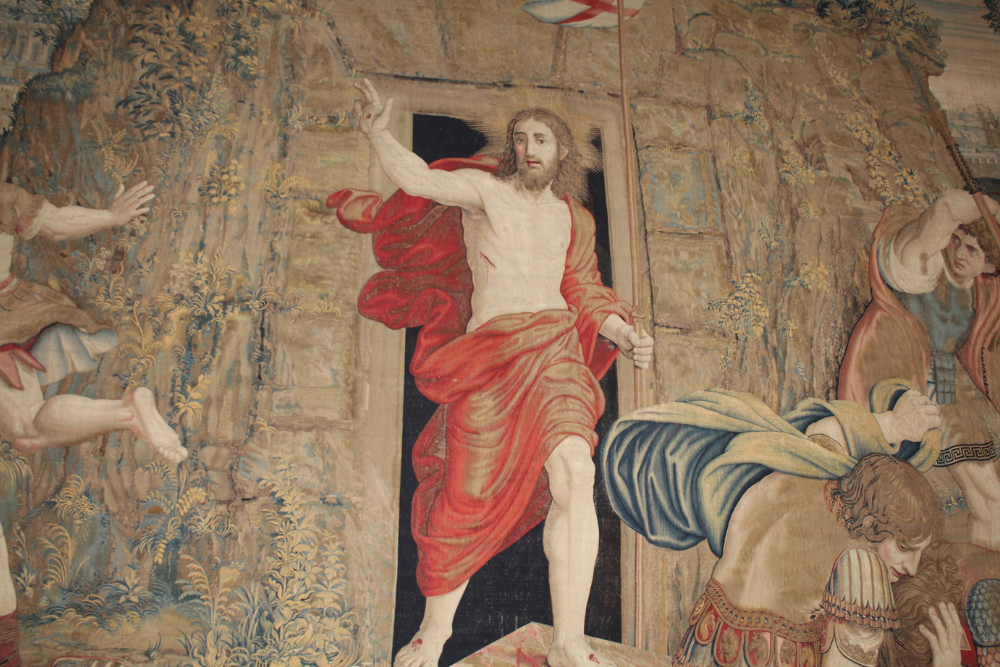Spain’s rich cultural history has left an indelible mark on the world, with its art and literature shaping global culture for centuries. From the Golden Age of literature to the groundbreaking works of 20th-century artists, Spain’s creative legacy is diverse and influential. This blog explores Spain’s remarkable contributions to art and literature, highlighting key figures and movements that have defined its cultural heritage.
1. The Golden Age of Spanish Literature
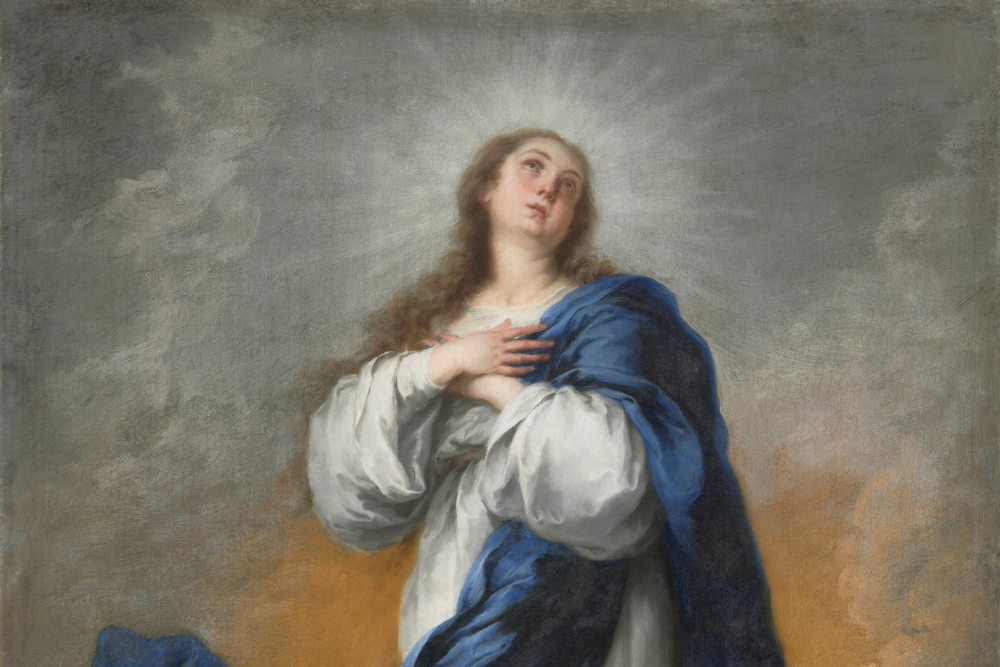
The Golden Age (Siglo de Oro) of Spanish literature, spanning the 16th and 17th centuries, produced some of the most influential writers in history.
Key Figures:
- Miguel de Cervantes: Known for Don Quixote, one of the greatest works in world literature, Cervantes revolutionized storytelling and modern European literature.
- Lope de Vega: A prolific playwright and poet, he played a major role in the development of Spanish theater with his hundreds of plays.
- Tirso de Molina: Famous for creating Don Juan, Tirso’s works explored themes of honor and morality.
These writers significantly shaped not only Spanish literature but also Western literary traditions, dealing with themes of love, honor, and human nature.
2. Spanish Renaissance Art
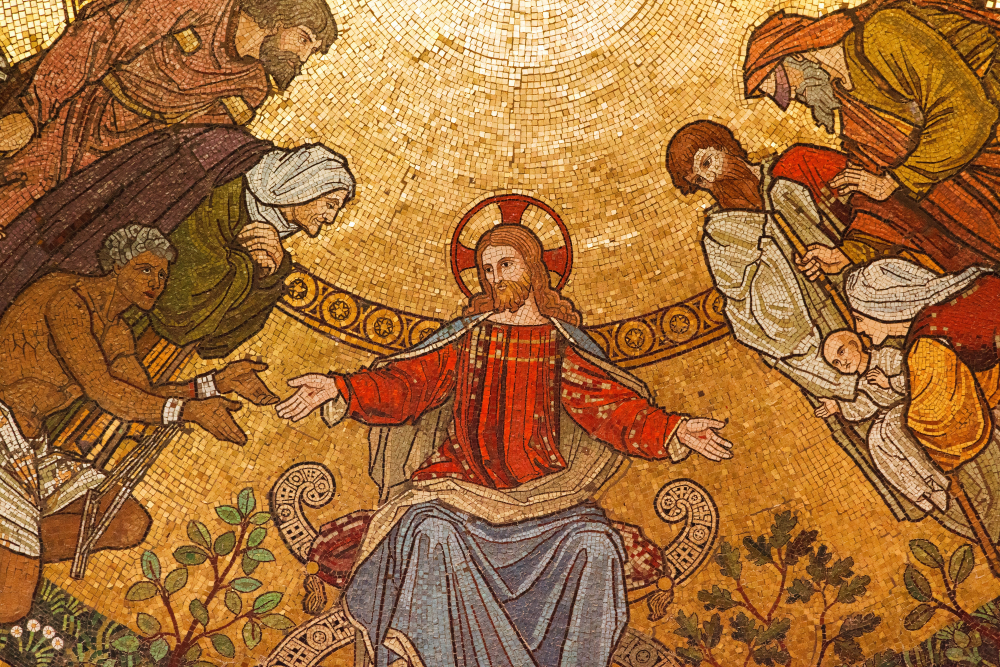
During the 16th century, Spain’s Renaissance artists developed a distinctive style that blended Italian influence with Spanish traditions.
Key Figures:
- El Greco: Known for his emotional intensity and striking use of color, El Greco’s works like The Burial of the Count of Orgaz became masterpieces of the Spanish Renaissance.
- Diego Velázquez: Renowned for his lifelike portraits, Velázquez’s Las Meninas is one of the most celebrated paintings in art history.
- Bartolomé Esteban Murillo: Famous for his religious works, Murillo’s idealized depictions of women and children were highly influential in Spain.
These artists set the stage for later European movements, with their dramatic use of light, color, and form, influencing countless generations.
3. Modernism and Surrealism
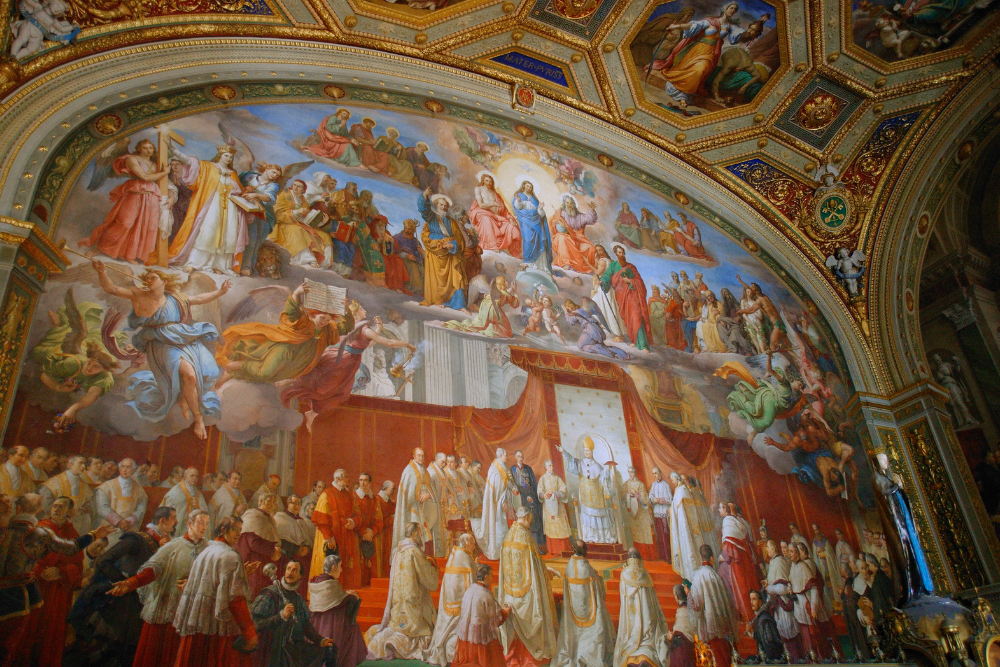
In the late 19th and early 20th centuries, Spanish artists embraced modernist movements like Surrealism, creating works that challenged traditional artistic boundaries.
Key Figures:
- Pablo Picasso: Known for his revolutionary contributions to Cubism, Picasso’s works, such as Guernica, remain iconic symbols of modern art.
- Salvador Dalí: A leading surrealist, Dalí’s bizarre and dreamlike works, such as The Persistence of Memory, are emblematic of his exploration of the unconscious mind.
- Joan Miró: Combining abstract and symbolic styles, Miró’s art, often filled with bright colors and playful forms, reflects his Catalan roots.
These artists pushed the boundaries of art, influencing modernism and surrealism, while reshaping the way we view reality and imagination.
4. Spanish Poetry
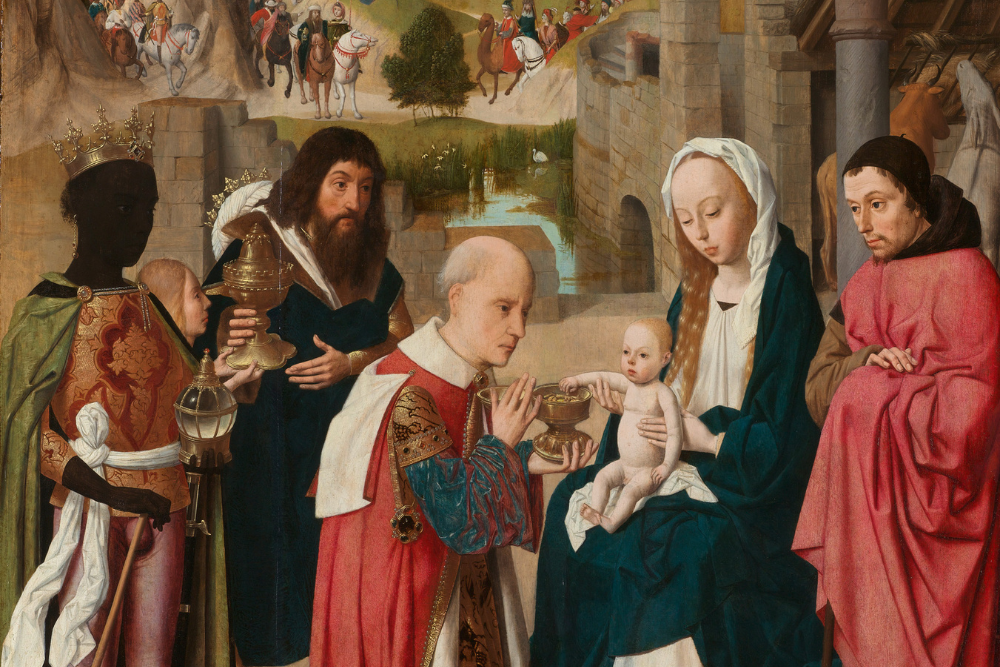
Spanish poetry has been a significant force in global literature, with poets from Spain exploring deep philosophical and emotional themes.
Key Figures:
- Federico García Lorca: Lorca’s poetry, combining the lyrical beauty of Spanish folk music with deep themes of love, death, and societal oppression, remains vital to Spanish literature.
- Antonio Machado: Known for his meditative and philosophical poetry, Machado’s works explore time, nature, and human existence with introspective simplicity.
- Luis Cernuda: A member of the Generation of ‘27, Cernuda’s poetry explores themes of desire, identity, and exile.
These poets’ work is marked by an emotional depth that resonates through generations, offering profound insights into the human condition.
5. Contemporary Spanish Art and Literature
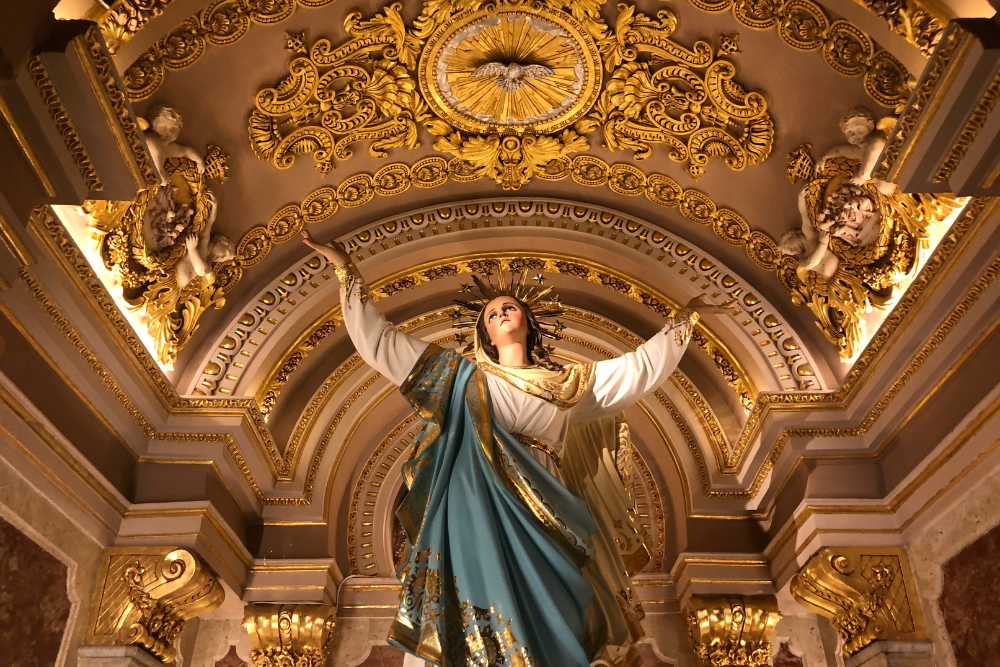
Post-Franco Spain witnessed a cultural resurgence, with modern writers and artists challenging societal norms and experimenting with new forms.
Key Figures:
- Arturo Pérez-Reverte: A celebrated contemporary novelist, Pérez-Reverte’s works, such as The Queen of the South, explore Spain’s complex history and identity.
- Isabel Allende: Though born in Chile, Allende’s works, such as The House of the Spirits, have strong Spanish literary influences.
- Modern Artists: Contemporary artists like Jaume Plensa and Miquel Barceló continue to push artistic boundaries with their innovative use of materials and exploration of identity.
Spain’s modern literature and art are dynamic, continually evolving and reflecting the country’s diversity and complexity. These contemporary figures are at the forefront of cultural innovation, continuing the legacy of their predecessors.
Conclusion
Spain’s art and literature legacy is vast and deeply influential, from the Golden Age of literature to the groundbreaking modernist art of Picasso and Dalí. Its contributions to world culture are timeless, with Spanish writers and artists shaping the trajectory of global thought and creativity. The works of Cervantes, Velázquez, and Picasso, among others, continue to inspire and resonate with audiences around the world, securing Spain’s place as a cultural powerhouse throughout history.



